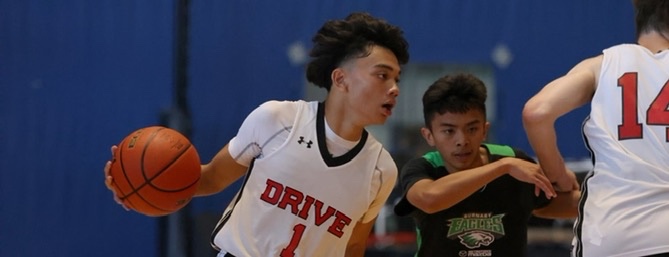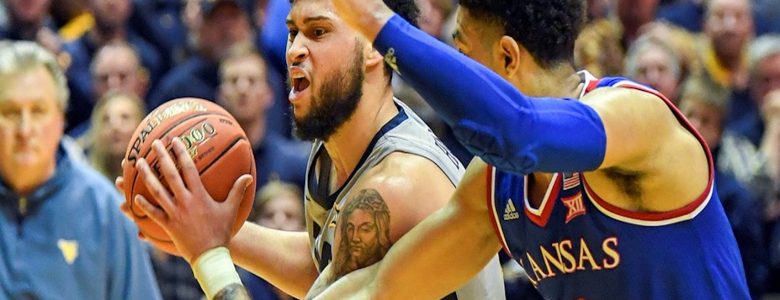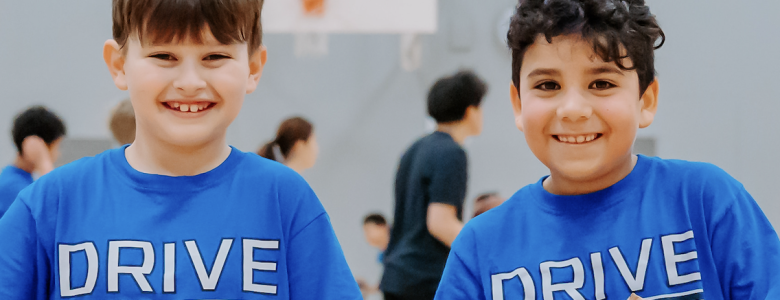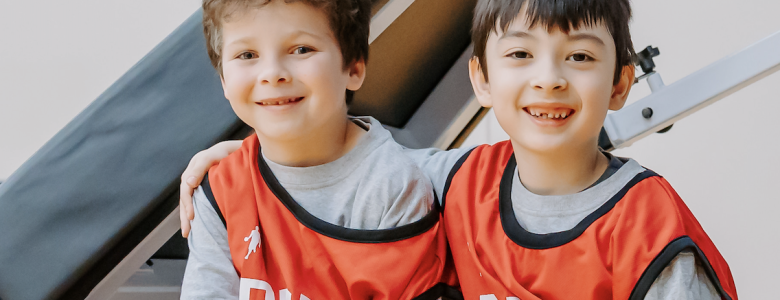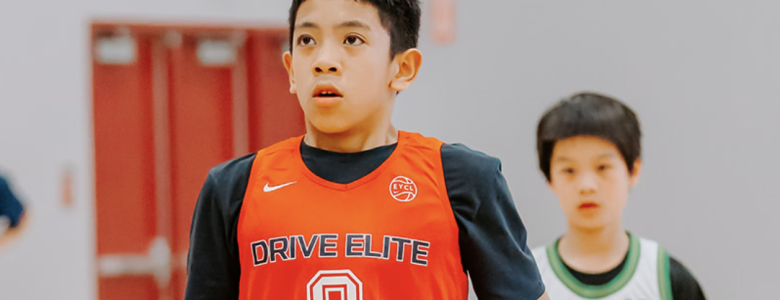The Key to Growth: Competing in Everything You DO
As the game of basketball continues to evolve, so do the approaches players take to improve. In today’s youth basketball landscape, it’s not uncommon to see high school athletes dedicated to lifting weights, shooting, and working with trainers. And while all these aspects are undeniably important, there’s one crucial element that too many players overlook: competition.
Too often, young athletes confuse putting in the work with just training hard—believing that just because they’re spending time in the gym, they’re getting better. But it’s not enough to simply shoot a thousand shots or lift a certain number of weights. What separates the good from the great is the level of competitiveness you bring to everything you do.
Here’s the truth: basketball is about competition. The greatest players didn’t just excel because they were talented or because they worked with the best trainers—they rose to the top because they treated every practice, every drill, and every game as a competition. They weren’t just going through the motions. They were competing—against their teammates, themselves, and the clock.
It’s in those moments when you compete with intensity, that growth happens. Whether you’re in a shooting drill, running sprints, or even doing conditioning workouts, the drive to compete will push you to be better. That competitive fire is what will prepare you for the pressure moments in games—the times when you’re up against the toughest opponents, and it all comes down to how badly you want to win.
Every aspect of your game—your work in the weight room, the hours spent with a trainer, and the time you put in perfecting your shot—should be done with a mindset of competition. You have to want to beat your last rep, outshoot your last session, and outwork every practice you’ve ever had.
So, the next time you step onto the court, remember: it’s not just about working hard; it’s about competing harder. The players who embrace that mindset are the ones who rise above, who become leaders on the court, and who ultimately find success. Don’t just show up to put in time—show up to compete.
Because at the end of the day, the game isn’t just about skill or strength—it’s about who’s willing to fight for every inch, every play, every moment. That’s the essence of what it means to be great.
Pasha Bains
Founder, Drive Basketball

